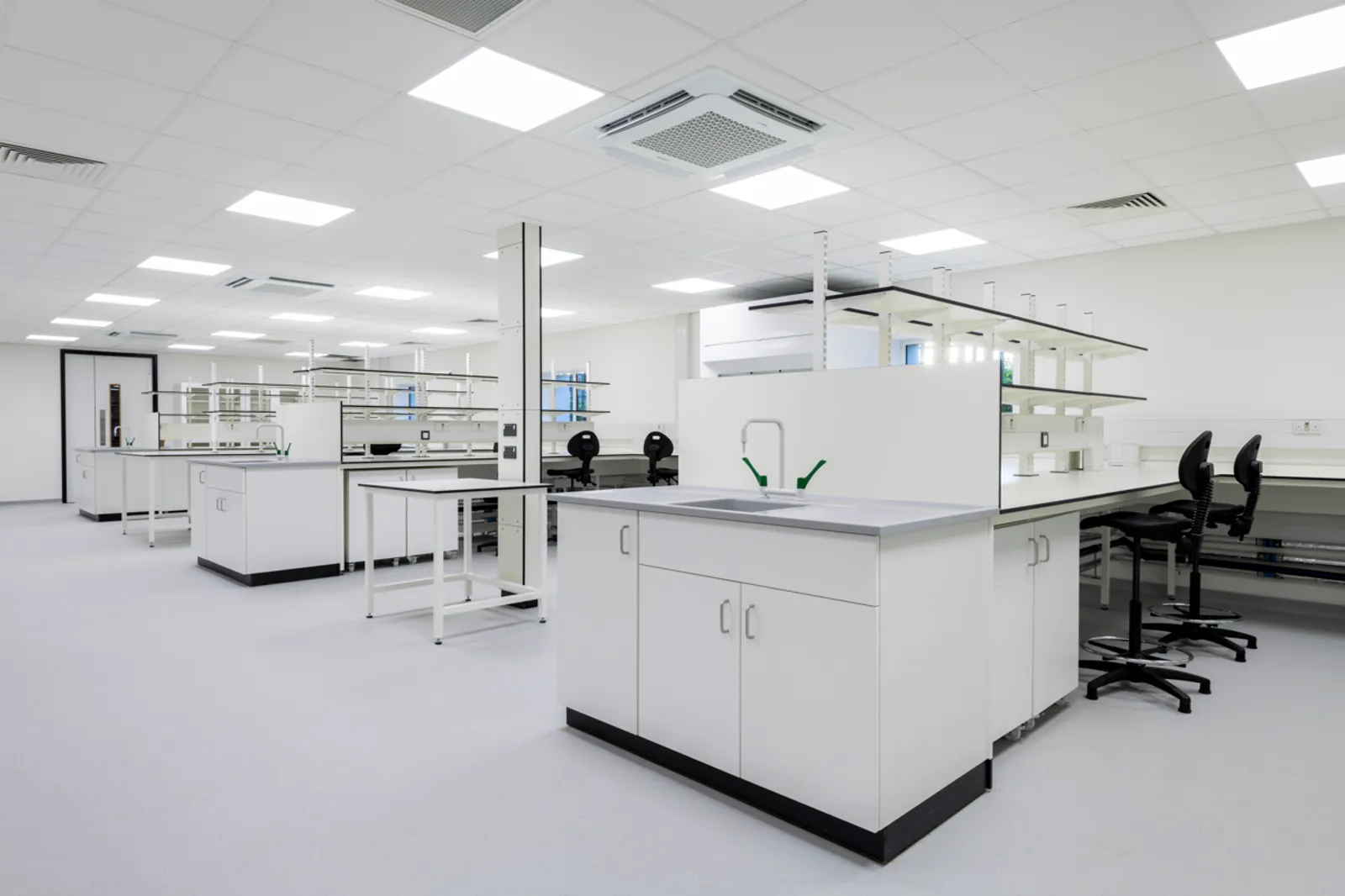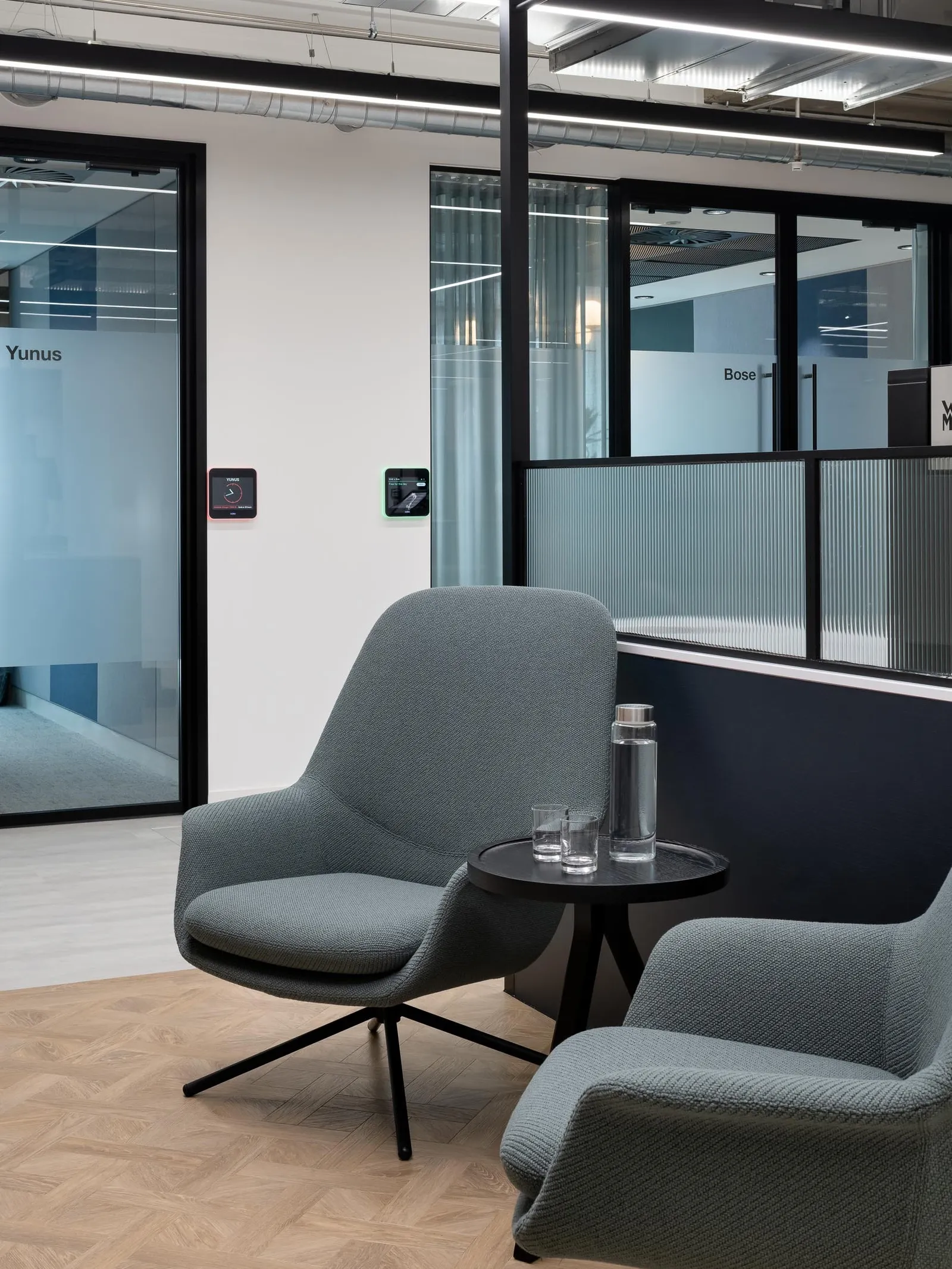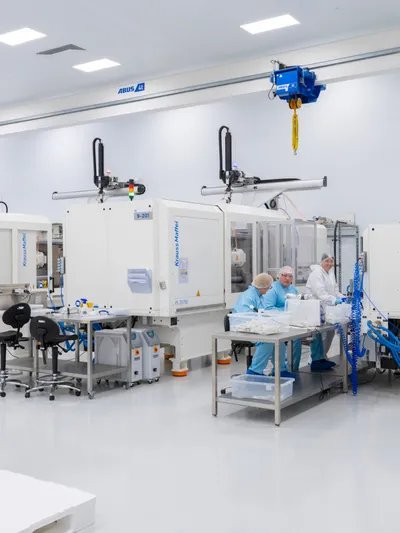What is a Quantum Lab?
A quantum lab is a highly specialised research facility where theoretical physics meets engineering to create technologies based on the principles of quantum mechanics. These carefully controlled environments allow scientists to design, build, and test devices such as quantum processors, which can perform tasks beyond the reach of traditional computers.
By uniting advanced engineering with cutting-edge physics, quantum labs enable breakthroughs in computing, sensing, and other data-driven innovations, while shaping the infrastructure that supports the future of research and technological progress.
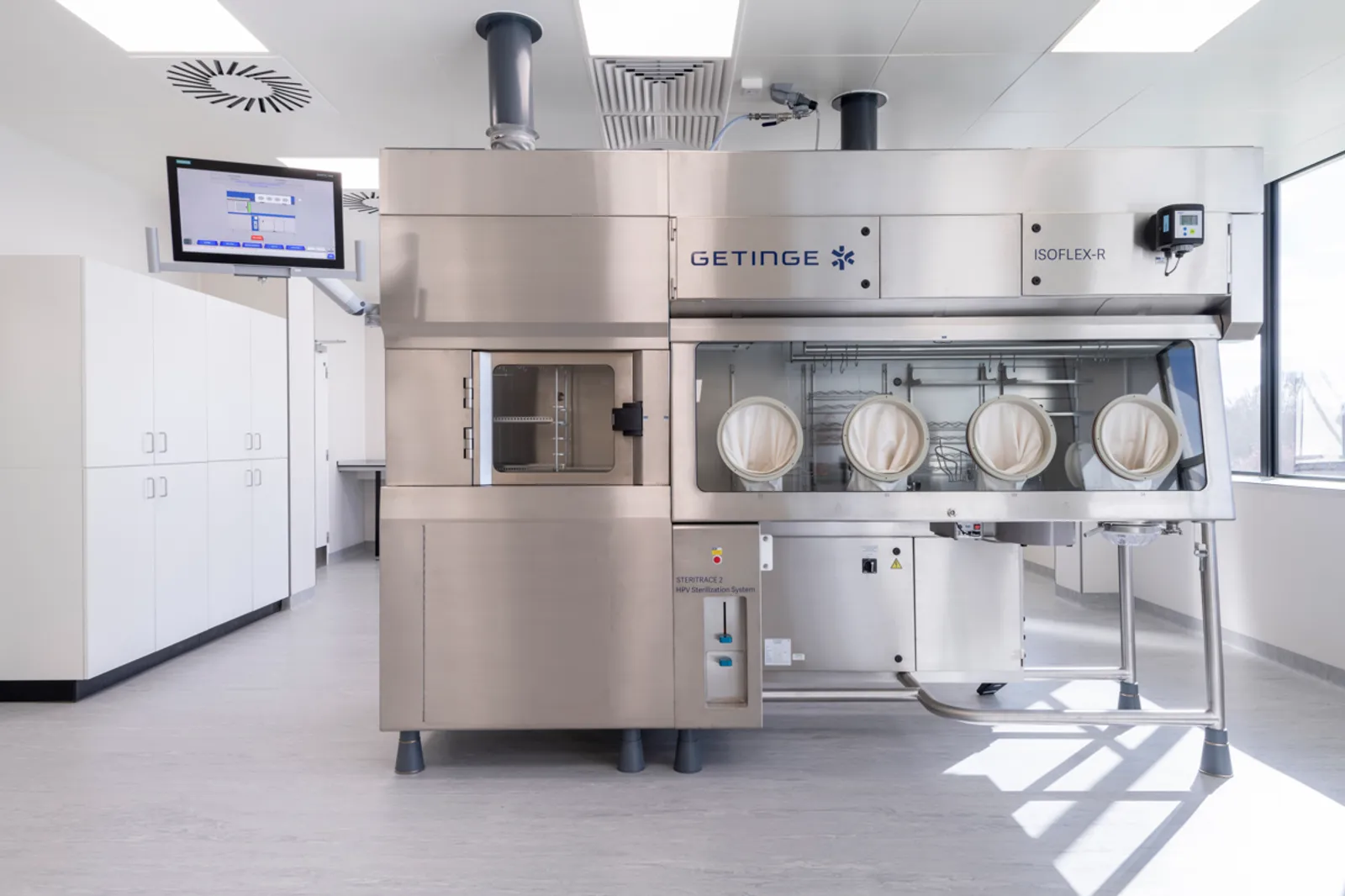
What Makes a Quantum Lab Unique?
Isolation and Decoherence
The fundamental challenge of quantum computing lies in the fragility of qubits. They are incredibly sensitive to their environment, requiring protection from everything from vibrations and temperature fluctuations to electromagnetic radiation.
Labs must shield their experiments from external interference to create a "quiet" environment, similar to the environmental controls required for dry laboratories vs. wet laboratories.
Cryogenic Conditions
Perhaps the most striking feature of any quantum lab is the dilution refrigerator. These remarkable machines cool quantum processors to temperatures measured in thousandths of a degree above absolute zero, making them colder than outer space.
At these extreme temperatures, thermal energy is minimal, allowing quantum states to remain stable for calculations. The design of these integrated cryogenic ecosystems is a key consideration for future trends in laboratory designs for the next decade.
Specialist Equipment
Beyond the dilution fridges, quantum labs require a range of specialist equipment. This includes vacuum chambers to maintain pure environments, precisely tuned lasers to manipulate individual ions, and microwave electronics to control superconducting qubits. This intricate infrastructure requires a high degree of planning and precision, much like the careful architecture and maintenance of any robust system designed for complex research and analytics workloads.
Research Themes and Applications
Quantum computing drives continuous innovation in hardware. Labs are constantly refining both superconducting circuits and trapped-ion systems, each with its own unique requirements for space and infrastructure. The push for scalability touches everything from the physical layout of quantum chips to the cryogenic systems needed to cool them. In this, the work is similar to that of research and development labs.
Not all quantum labs focus solely on computing. Many support research in quantum sensing, which uses quantum effects to measure things with unprecedented precision. The crossover between these applications often creates synergies where technologies developed for one application benefit the other.
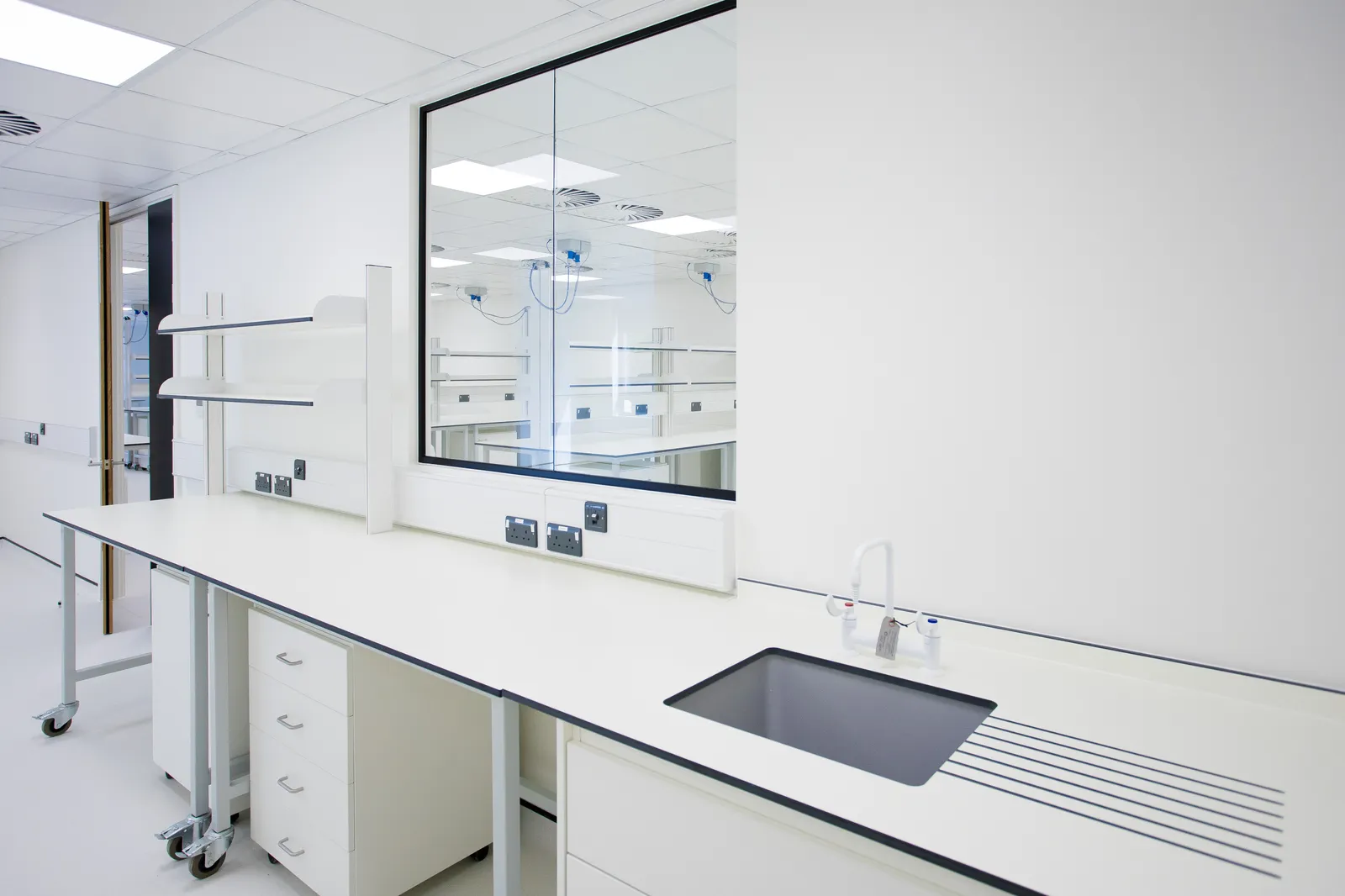
Conclusion
Quantum labs are carefully engineered environments where the strange rules of quantum mechanics are harnessed for practical purposes. These facilities represent the intersection of theoretical physics, precision engineering, and computational innovation.
Looking ahead, we'll likely see more underground facilities and regional cryogenic hubs. The geography of quantum research is evolving, with new centres emerging that will require specific laboratory design to meet their unique needs.
Quantum Laboratory FAQs
How are quantum labs different from traditional research labs?
Unlike conventional labs, quantum labs require extreme environmental control. They operate at temperatures close to absolute zero and must be shielded from vibrations, radiation, and temperature fluctuations to protect fragile quantum states.
Do quantum labs only work on quantum computers?
No. While many focus on quantum computing, others explore quantum sensing — using quantum effects to measure physical properties with unprecedented precision. Often, developments in one area benefit the other.
What challenges do quantum labs face?
The greatest challenge is maintaining stable qubits, which are easily disturbed by their surroundings. This demands sophisticated shielding, dilution refrigerators, and highly specialised equipment, making research both technically complex and resource-intensive.
Where can quantum labs be found?
Quantum labs are located in major research hubs worldwide. Increasingly, new facilities are being built underground or as regional cryogenic centres to provide the stability and infrastructure needed for large-scale quantum research.
